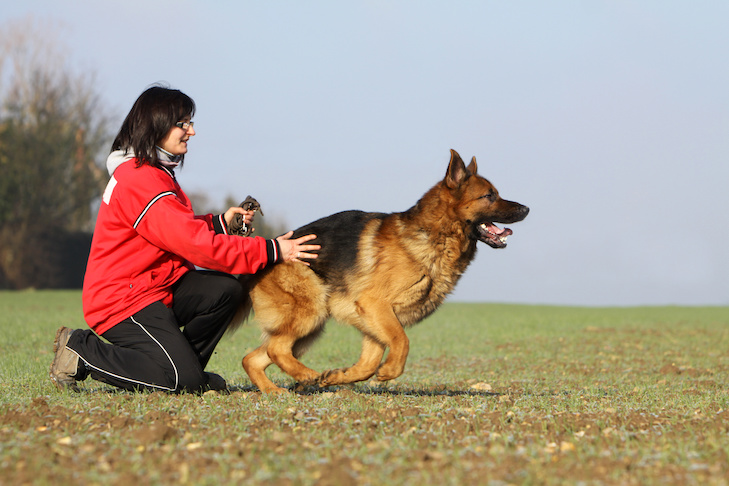These guidelines can help you maintain your pet’s optimal health through a variety of means, including diet, preventative medicine, grooming, and mental stimulation.
1. Adequate sustenance
One of the greatest strategies to avoid obesity-related diseases and extend your pet’s lifetime is to feed him the proper amount and type of food. Well-balanced, high-quality pet food should be able to supply all the nutrients your pet requires, but you should still check with your vet just to be sure. Make sure your pet always has access to clean water, and keep an eye on the number of treats you give him; most vets agree that snacks shouldn’t account for more than 10% of your pet’s daily calories. Get in touch with a vet for advice.
2. Exercise

Keep your pet in tiptop shape with regular walks, hikes, games of fetch, and swims. However, remember the importance of mental exercise! Keeping your dog or cat stimulated and interested requires a combination of toys, rewards, obstacle courses, and training. Altering your normal walking route might also help your pet adjust to the new sights and scents.
3. Scheduled check-ups
Your veterinarian will have the greatest chance to run a number of health screens that can lead to the early diagnosis of illnesses and the identification of warning symptoms of serious illness during an annual wellness exam. Plaque and tartar accumulation can be removed at regular dental checkups, which may be advised once a year.
4. Medication for prophylaxis
Preventative measures, such as visits to the vet on a regular basis, are essential. Heartworm, flea-related ailments, and tick-borne illnesses are just some of the problems that may be avoided by giving your pet preventative drugs.
In addition, periodontal disease may be avoided before it causes major issues by cleaning your pet’s teeth on a regular basis and providing him with dental chews.
5. Grooming
This entails frequent washes, brushings, and nail trims for your pet. In addition to removing any dandruff, bald spots, or dry skin, grooming is a great method to monitor any other changes in your pet’s fur or skin. Even better, this is a great time to look for anything out of the ordinary that might be a health risk. If you have questions about the proper grooming routine for your pet, see your doctor.
6. Affection
A close relationship with your pet dog or cat benefits both of you. You may show your pet how much you care by cuddling with him, patting him, rubbing his tummy, and even combing his fur. In addition to deepening your bond with your pet, this also encourages your pet to get along well with other pets and people.
7. Socialization
“Early socialization [in dogs] and adequate exposure to varied individuals and settings at a young age minimizes the risks of antisocial or frightened aggressive tendencies as an adult,” writes the American Animal Hospital Association.
The best time to start socializing a puppy or kitten is within the first 16 to 18 weeks of their lives. Make sure they have plenty of opportunities to socialize with humans and other animals, not just in the first few months of life but always. After getting the OK from the vet, you and your pet have a few alternatives, including a visit to relatives, a trip to the dog park, a stroll around the neighborhood, or an afternoon at daycare.
8. Have your pets fixed
Having your cat spayed or neutered has several advantages. In addition to extending your pet’s life and decreasing aggressive behavior in males, it can protect against some cancers and disorders. It can stop females from entering heat and minimize the agitation, yowling, and urine spraying that accompany the menstrual cycle.
9. Know what’s “normal.”
Are you seeing any changes in your pet’s behavior as of late? He seems to be scratching more than normal; why is that? Does he seem to be eating more or less than usual? When anything seems out of the ordinary, it may be a sign of trouble. Make an appointment with your vet to discuss whether or not an examination is required if you spot any unusual behavior in your pet.
10. Protecting Your Pets
Collars with identification tags, microchips, eliminating potential risks in the home, and securing poisonous materials are just a few of the methods you may use to safeguard your pet. Combining this advice with the others above should ensure that your pet has a long, healthy, and content life with you.